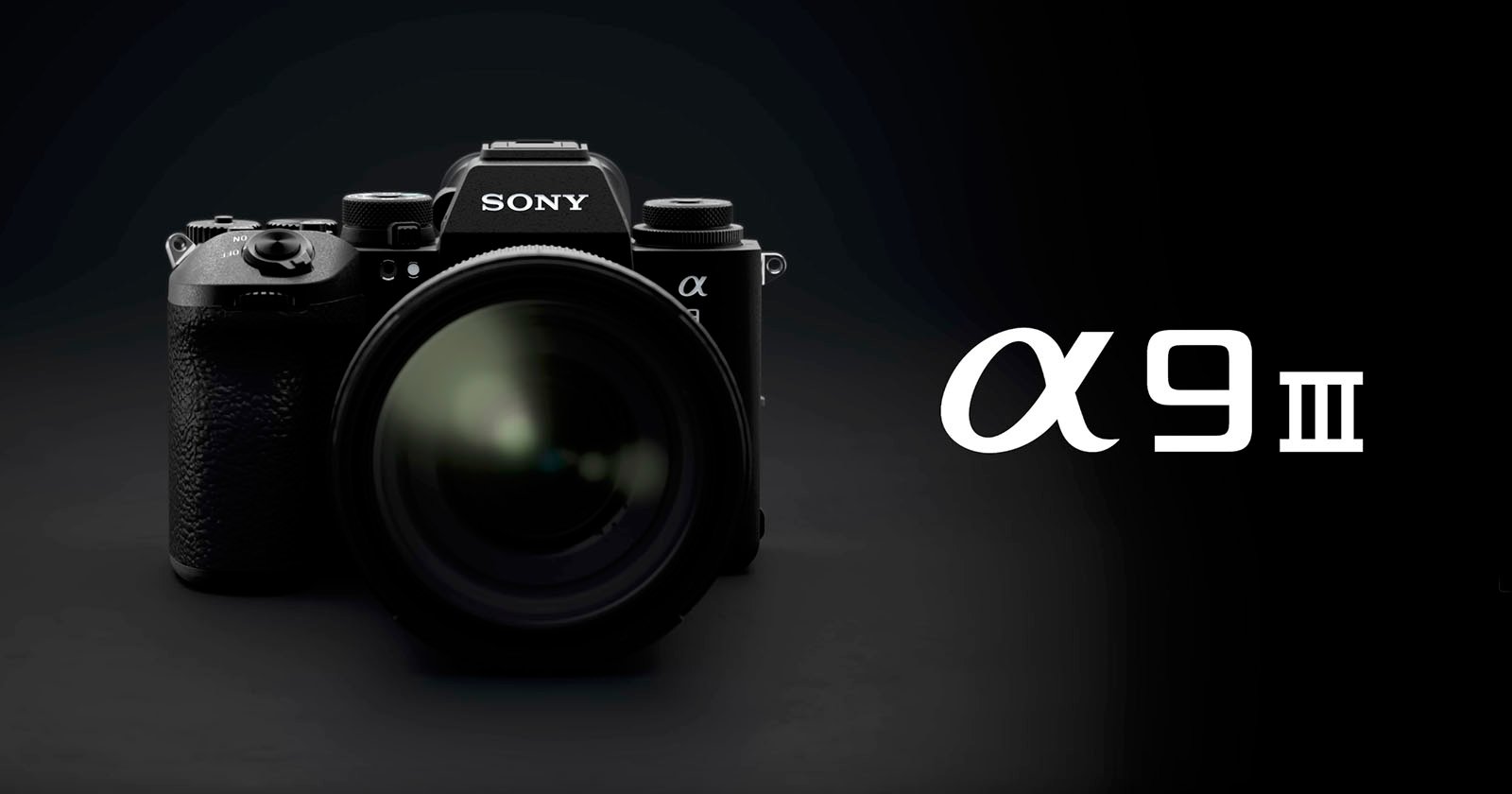
The upcoming Sony a9 III brings with it many incredible new features, including a novel global shutter system that will enable the camera to shoot at up to 120 frames per second, use shutter speeds as fast as 1/80,000s, and, perhaps most impressively, sync with a flash at any shutter speed.
Photographer and educator Matthew Granger has published a new in-depth video that dives into the topic of global shutter and flash sync, including discussing what the a9 III may mean for flash photography and what photographers should expect when the camera arrives next spring.
Much of the discussion surrounding the a9 III and flash has been about how it can sync at shutter speeds as fast as 1/80,000 second. PetaPixel tested this feature at Sony’s special a9 III event last month and can confirm, at least with compatible flashes, like Sony’s HVL-F46RM and HVL-F60RM2, photographers truly can use flash at 1/80,000 second. This is marvelous and will open up many creative opportunities for photographers.
However, unlike more typical flash syncs of 1/250 second and 1/320 second, or even up to 1/4000 second with some of the latest leaf shutter lenses for medium-format cameras, the a9 III’s potential also creates limitations that must be considered. Flash duration and flash output matter considerably at super-quick shutter speeds.
The duration of the flash matters significantly, although it is typically not an issue if a flash requires 1/250 second to deliver its required amount of light, as that is a standard flash sync speed. But what if, at a given power setting, a flash cannot deliver the selected amount of light at shutter speeds like 1/10,000 second or 1/80,000 second? The issue here is that photographers will have images that are unexpectedly dark.
Some flashes control the intensity of their output by changing how long they are illuminated. As Granger explains, this is a bit challenging to understand. Simply put, a flash may only have one output value, and it essentially simulates reduced flash power by putting that same amount of light onto the subject for less time. Another flash may instead put a lower light intensity onto the subject for the same amount of time. In everyday situations with typical cameras, these two drastically different approaches to controlling light output may work practically the same and deliver similar results.
However, the Sony a9 III will not be a “normal situation,” meaning that the relatively complex discussions of flash intensity, duration, and sync speed will matter quite a bit. Ultimately, although Granger has done an impressive job simulating how the a9 III might work by using a leaf shutter lens and various flashes, the actual test will come when people get their hands on the a9 III and try it with a wide range of popular third-party flashes and strobes. Some will work very well, while others may require some tinkering. Photographers must grapple with new aspects of flash specifications that have long been unnecessary to consider.
“Global shutter is going to introduce a new era in many ways, but I think people need to understand these fundamentals to know there are limitations. We’re in the first generation, after all. [Flashes] will no doubt evolve over time,” Granger concludes.
More of Matt Granger’s videos, including many more discussions of flash and lighting, are available on his YouTube channel.
